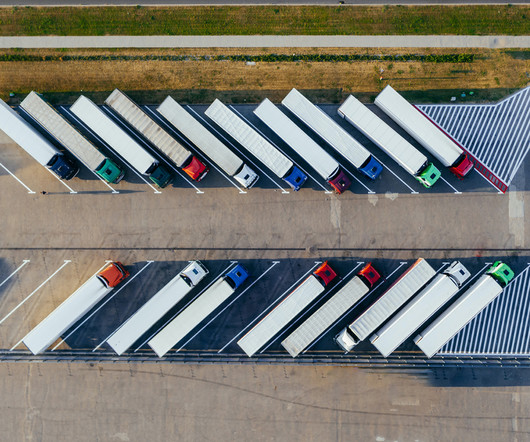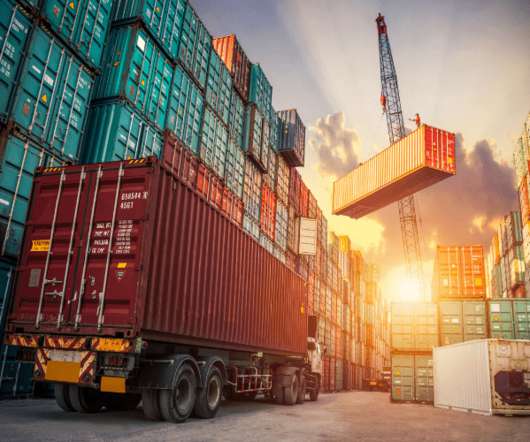Emerging Supply Chain Trends – A Look at Evolving Finished Vehicle Logistics Amid Market Shifts and Trends
The Logistics & Supply Chain Management Society
APRIL 19, 2023
Major Trends: Volatile Production, Capacity Crisis & The Need for EV Automotive manufacturing is experiencing a huge global transformation compared to the past. Let’s take a look at today’s vehicle production and distribution market and how companies are overcoming these challenges.





















Let's personalize your content